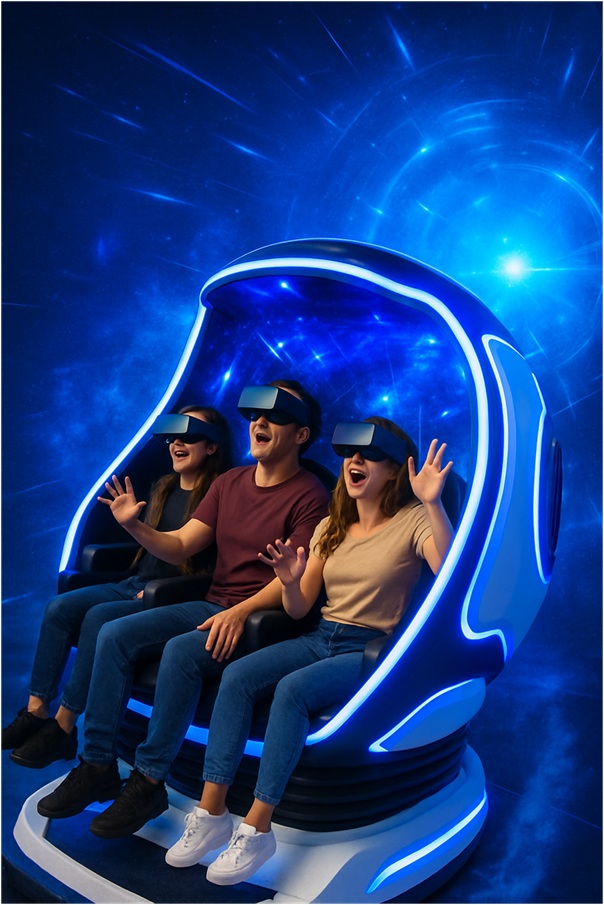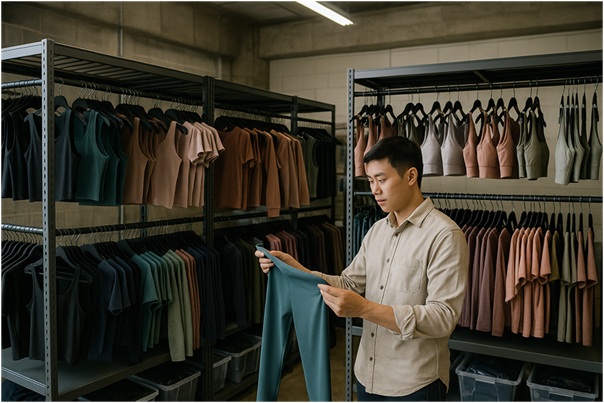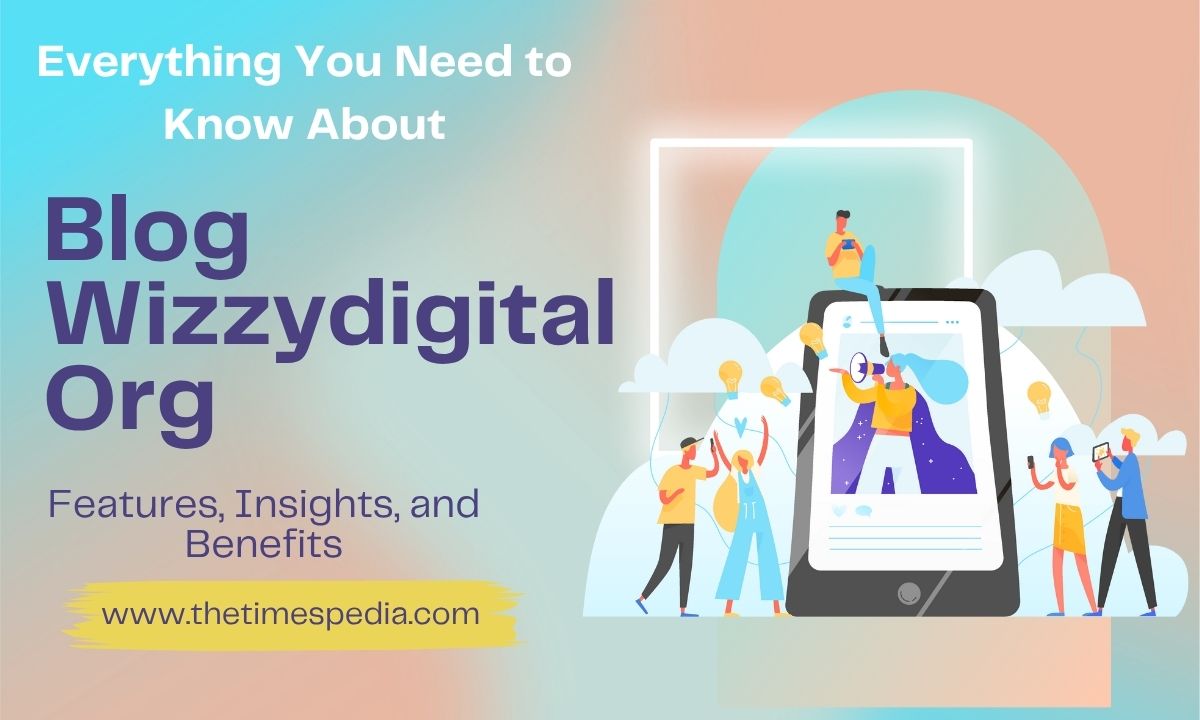
9D Virtual Reality (VR) is rapidly transforming the entertainment industry, redefining how people interact with digital environments. Unlike traditional VR, 9D VR combines visual immersion with motion, vibration, sound, wind, and even scent to deliver an all-sensory experience. It’s not just about what you see—it’s about what you feel. This evolution has been driven in part by the increasing availability of wholesale vr roller coaster simulator systems, which make high-end immersive experiences more accessible to arcades, malls, and amusement parks worldwide.
So, why is 9D VR taking off, and what exactly makes it so appealing?
What Is 9D VR?
The term “9D” refers to a multi-sensory virtual reality experience that includes:
- Visual immersion via a VR headset
- Dynamic motion simulation
- Surround sound
- Environmental effects (wind, vibration, lighting)
- Interactive content
- Physical feedback (vibration, motion)
- Group or multiplayer capability
- Real-time tracking
- Emotional engagement through narrative design
It’s an upgrade from 5D or 7D experiences, offering an even richer blend of real-world sensations and virtual storytelling.
Why Is 9D VR So Popular?
1. Full Immersion and Engagement
9D VR engages more senses than any traditional simulator. Users are no longer just observers—they become participants. A user can ride a dragon, feel the wind against their face, and sense every swoop and turn.
2. Compact and Commercially Viable
Many 9D VR machines are pod-style units that don’t require much space, making them ideal for malls, airports, and entertainment centers. Operators can install a compact 9D unit and start earning revenue quickly.
3. Wide Appeal Across Age Groups
Unlike some VR formats that target hardcore gamers, 9D VR appeals to children, families, and casual users. Whether it’s a haunted house, a roller coaster, or a dinosaur safari, there’s a theme for everyone.
4. High ROI for Business Owners
With relatively low operational costs and the ability to run multiple short experiences per hour, 9D VR machines are known for delivering excellent return on investment. Some setups can earn back their initial cost in just a few months, especially when placed in high-traffic areas like malls, amusement centers, or tourist attractions.
9D VR vs Other VR Formats
Here’s a quick comparison to highlight how 9D VR stacks up against other types:
| Feature | Standard VR | 5D VR | 9D VR |
| VR Headset | ✔️ | ✔️ | ✔️ |
| Motion Platform | ❌ | ✔️ | ✔️ |
| Wind/Vibration Effects | ❌ | Limited | ✔️ |
| Interactive Gameplay | ✔️ | ❌ | ✔️ |
| Multiplayer Capability | ✔️ | ❌ | ✔️ |
| Emotional Story Integration | Limited | Limited | Strong Focus |
| ROI for Arcade Owners | Moderate | Good | Very High |
| Suitable for Small Spaces | ✔️ | ❌ | ✔️ |
Real-World Examples
- China’s Wanda Theme Parks: These high-tech parks feature 9D VR pods where users can explore underwater worlds or survive alien invasions.
- TimeZone Arcades (Southeast Asia): Locations across Indonesia and the Philippines have installed 9D VR machines to attract foot traffic and increase dwell time.
- US Mall Installations: Small 9D VR pods offering 3- to 5-minute rides are popping up in American malls. They’re especially popular during holidays and school vacations.
These machines are typically sourced from large-scale manufacturers offering wholesale VR roller coaster simulator deals, allowing arcade operators to purchase multiple units at lower per-unit costs.
Key Takeaways
The popularity of 9D VR stems from its ability to deliver fully immersive, emotionally engaging, and physically thrilling experiences in compact, commercial-ready packages. As technology continues to evolve, expect even more interactive features, sharper graphics, and synchronized effects that blur the lines between real and virtual.
Whether you’re a business owner looking for the next big attraction or just someone who loves cutting-edge entertainment, 9D VR offers something truly unique—and it’s only getting better.





